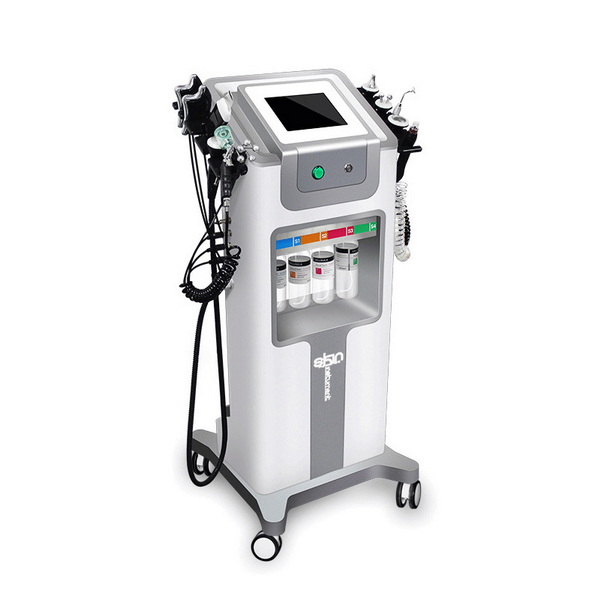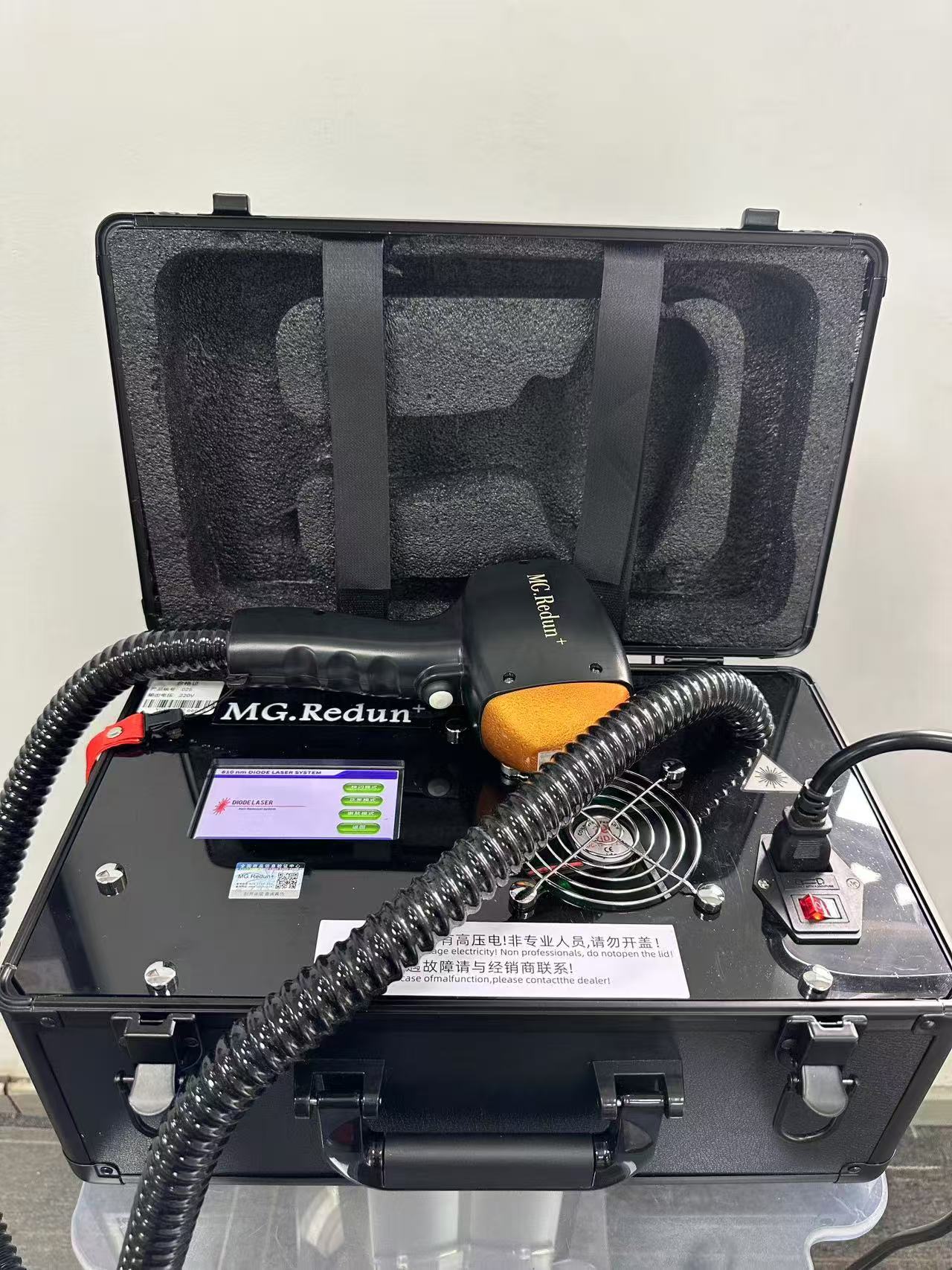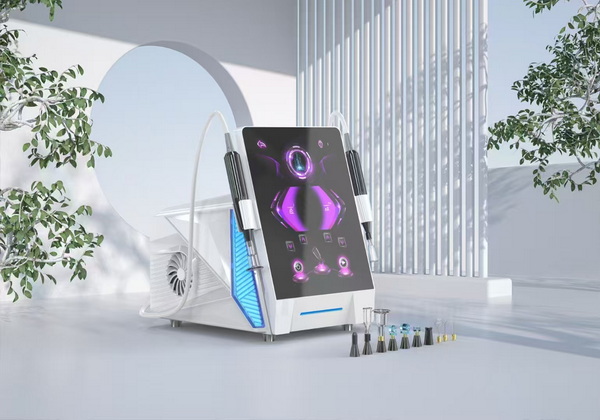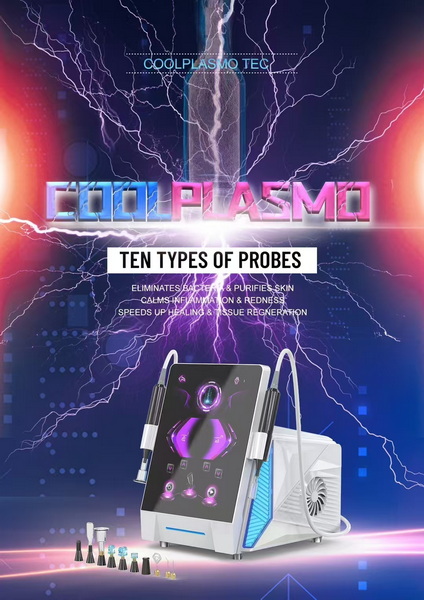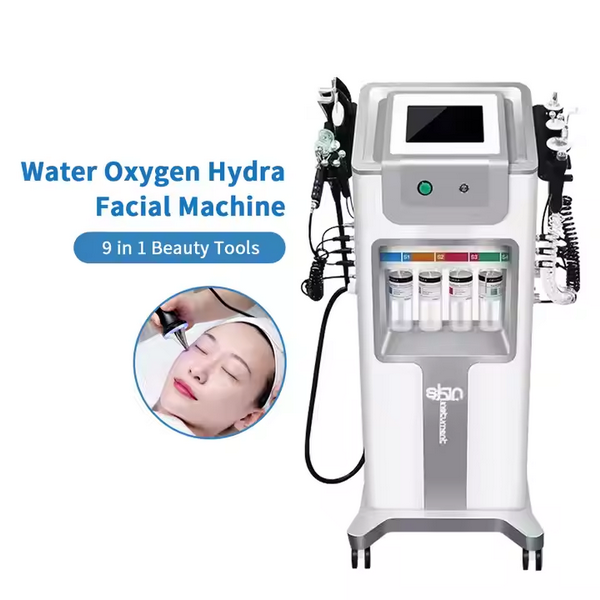Introduction to Tattoo Removal Scars
Tattoos have become a popular form of self-expression, but for various reasons, many individuals choose to remove them. While tattoo removal procedures can be effective, one concern that often arises is the potential for scarring. Understanding tattoo removal scars is crucial for anyone considering the process. This article will explore the types of tattoo removal methods, the likelihood of scarring, and how to care for your skin to minimize scars.
What Causes Tattoo Removal Scars?
When you undergo tattoo removal, your skin is subjected to various treatments that can affect its texture and appearance. The main methods for tattoo removal include:
Laser Tattoo Removal
Laser tattoo removal is the most common and effective method. It involves using high-intensity light beams to break down the ink particles in the skin. While many people have successful outcomes, some may experience scarring due to factors like:
- Skin Type: Individuals with darker skin may be more prone to hyperpigmentation or hypopigmentation after treatment.
- Ink Color: Certain ink colors may react differently to lasers, potentially leading to increased risks of scarring.
- Post-Treatment Care: Failing to follow aftercare instructions can significantly impact healing and scarring.

Surgical Excision
For larger tattoos, surgical excision may be an option. This method involves cutting out the tattooed skin and stitching the area closed. Scarring is almost inevitable with surgical procedures, but skilled surgeons can minimize visible scars.
Dermabrasion
Dermabrasion involves mechanically sanding the skin to remove the top layers. This method can lead to scarring, particularly if not performed correctly or if the individual has sensitive skin.
The Likelihood of Scarring
The risk of developing scars after tattoo removal varies based on several factors:
- Individual Skin Type: Some individuals naturally scar more easily than others.
- Technique Used: Certain removal techniques carry higher risks of scarring.
- Size and Location of the Tattoo: Larger tattoos or those in areas where skin moves frequently may have a higher risk of scarring.

How to Minimize Scarring After Tattoo Removal
While scarring can occur, there are several ways to minimize the risk and improve the healing process:
Choose a Qualified Professional
Selecting an experienced practitioner is crucial. A qualified dermatologist or licensed technician will have the expertise to use appropriate techniques, reducing the likelihood of scarring.
Follow Pre-Treatment Guidelines
Before undergoing tattoo removal, discuss your skin type and any concerns with your practitioner. They may recommend avoiding sun exposure and certain medications that could affect healing.
Adhere to Aftercare Instructions
Proper aftercare is vital for minimizing scars. Common aftercare instructions include:
- Keep the Area Clean: Use mild soap and water to cleanse the area gently.
- Moisturize: Apply a healing ointment or moisturizer to keep the skin hydrated.
- Avoid Sun Exposure: Protect the area from sun exposure to prevent pigmentation changes.
- Do Not Pick: Avoid picking at scabs or peeling skin, as this can increase the risk of scarring.
Managing Scars After Tattoo Removal
If scars do develop after tattoo removal, there are several treatment options available to improve their appearance:
Topical Treatments
Over-the-counter creams and gels designed for scar treatment can help improve the texture and color of scars. Look for products containing ingredients like silicone, vitamin E, or onion extract.
Professional Treatments
For more severe scars, consider professional treatments such as:
- Laser Therapy: Certain laser treatments can help reduce the appearance of scars by promoting collagen production and skin renewal.
- Microneedling: This procedure involves using tiny needles to stimulate collagen production, helping to improve the texture of scars.
- Chemical Peels: Chemical peels can remove the outer layer of skin, reducing the visibility of scars.
Emotional Impact of Tattoo Removal Scars
In addition to the physical aspects of tattoo removal scars, the emotional impact can be significant. Individuals may feel self-conscious about the appearance of their skin after a tattoo removal procedure. It’s essential to recognize these feelings and seek support if needed. Counseling or support groups can be beneficial for those struggling with self-image issues related to scarring.
Conclusion
Understanding tattoo removal scars is vital for anyone considering this procedure. By choosing the right method and practitioner, adhering to aftercare instructions, and being aware of potential scarring, you can achieve the best possible results. If scars do occur, numerous treatment options are available to help manage them. Always remember to prioritize your skin’s health and well-being throughout the tattoo removal process.



